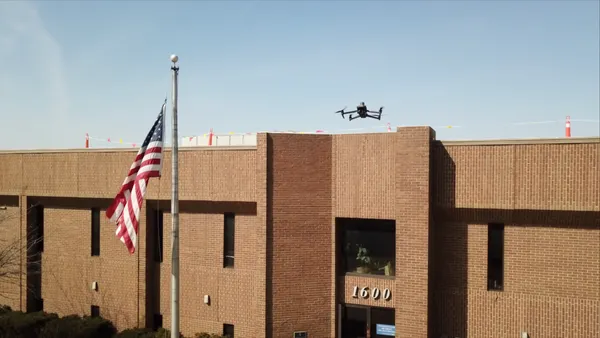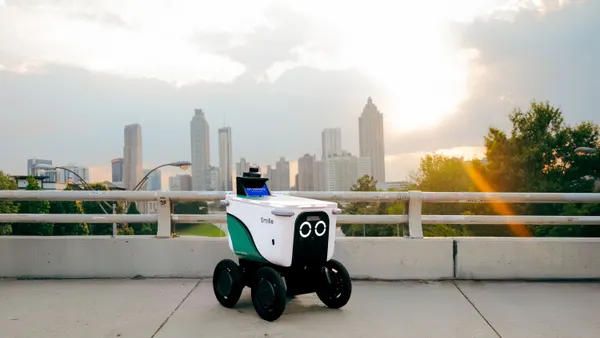Dive Brief:
- A State of New York pilot to use facial recognition technology to track drivers on the Robert F. Kennedy Bridge resulted in 0% of faces being identified "within acceptable parameters," according to a report in The Wall Street Journal. According to documents reviewed by the paper, a Metropolitan Transportation Authority (MTA) official said the early tests had "failed."
- MTA had proposed the use of facial recognition to spot criminals or terrorists on its roads, which accommodate 900,000 cars a day.
- Despite the failed pilot, MTA is moving ahead with the technology. A spokesman for Gov. Andrew Cuomo told the Journal that the state was “testing the technology, and all others that will help us keep New Yorkers safe, while protecting their civil liberties.”
Dive Insight:
Governments are increasingly looking to facial recognition technology as a public safety tool and as a potential efficiency measure to replace ID checks. Orlando, FL has run two pilots with Rekognition, exploring its use in catching suspects and in crowd control, and others have explored partnering with the company. The Department of Homeland Security has used it to identify people overstaying their visas. Some airports are even installing biometric scanners that passengers could use instead of boarding documents.
But the technology has also come with serious concerns about privacy and accuracy, which the failed New York pilot will not dispel. Civil rights groups have warned that the tools could be especially worrisome for minorities. In a test last summer, the American Civil Liberties Union (ACLU) uploaded 10,000 mugshots into Amazon’s software and cross-referenced photos with ever member of Congress; there were 28 false matches, disproportionately African-American. Other critics have warned that facial recognition could be primed for abuse by targeting certain communities or individuals.
New York has said that its facial recognition tools would only be used for security, although former MTA chairman Joe Lhota said last summer they could be used to track people who were avoiding tolls by covering up their license plates (the MTA told The Wall Street Journal that wasn’t correct). Despite the failed pilot, the Journal reports that the state is ordering more equipment to see the viability of scanning faces as they drive past at high speeds.
Expanded use could thrust New York into a national debate over how (and if) such tools should be used. San Francisco is considering legislation that would ban the technology outright and national lawmakers have increased scrutiny over the industry. Even though Americans have said they support its use, more failed tests could turn public opinion even as the technology spreads.









